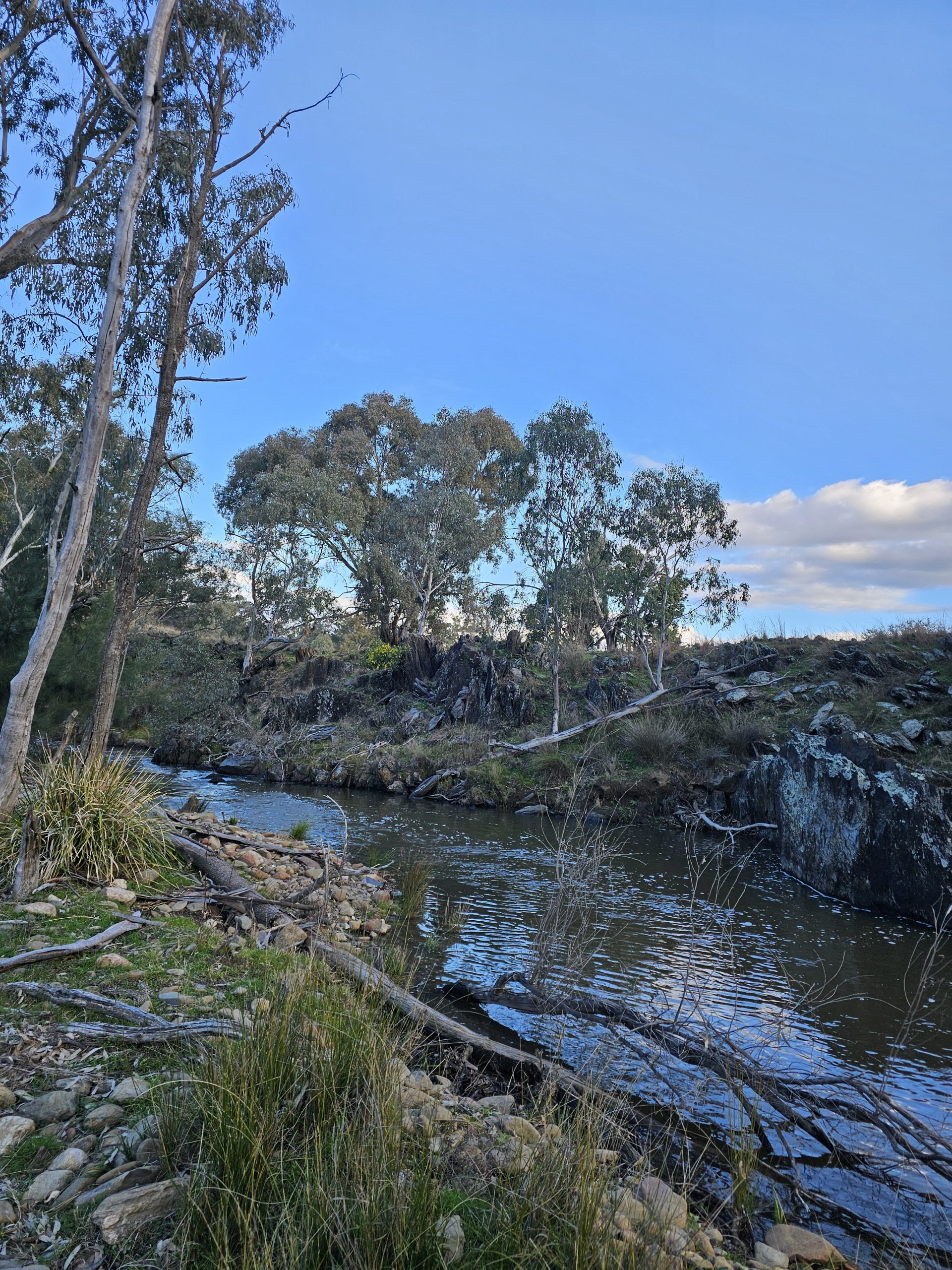One nature, one value: Why Australia needs a national biodiversity credit market
Author: Ian Rollins, Managing Director
September 10, 2025
News & Insights, Media Centre
Imagine this: a koala crosses any state or territory border and—at least in regulatory terms—its value suddenly changes. The same animal, the same threatened species, but with a different set of rules in each state determining how it is protected.
This situation sums up the fractured state of Australia’s environmental laws.
Each state and territory applies its own standards for biodiversity assessment, approvals and offsets. The Environment Protection and Biodiversity Conservation Act (EPBC Act) provides an overarching approach for Matters of National Environment Significance (MNES) but does not address the fundamental state-based inconsistencies. Developers are forced to navigate a maze of different regulations, while the environment pays the price.
The Australian Government’s long-awaited reforms to the EPBC Act we hope will be a step forward. Environment Minister Murray Watt has promised legislation before the end of the year, drawing on Graeme Samuel’s 2020 review. However, the details of those reforms remain unclear.
One thing we know for sure is that unless those reforms are matched with consistent national rules for biodiversity compliance and offsetting, the fundamental problems remain—putting productivity and nature at risk.
When a koala (or any threatened flora or fauna species) is treated differently and has a different cost to offset in every state and territory, project approval delays and poor environmental outcomes are inevitable. And in the meantime, critical infrastructure development—including the renewable energy projects we need to power Australia’s transition—stalls.
What Australia urgently needs is a single, transparent set of biodiversity compliance rules across all states and territories. That means when a project has an environmental impact, the financial impacts are clear, the obligation to repair or offset the damage is consistent, and private investment flows into meaningful, high-integrity outcomes for nature.
Taking the koala example further: if a project in South Australia impacts a hectare of koala habitat and a project in Queensland does the same, both developers should be required to follow the same transparent approval and offsetting process, with consistent timeframes and costs to fund conservation efforts.
The scale of Australia’s nature repair challenge is enormous. Research shows restoring degraded ecosystems in Australia is estimated to require $2 billion every year for the next three decades and fully recovering Australia’s threatened species would cost 25% of GDP. With a consistent offset framework capturing funds from developers across the country, Australia would be able to secure the money needed to begin tackling this challenge.
This is not a matter of spending decades devising a new national scheme. There is a model we can build on. The New South Wales Biodiversity Offsets Scheme (BOS) has already protected more than 111,000 hectares of land—twice the size of Greater Sydney. It supports a $600 million market in biodiversity credits, setting transparent prices that encourage developers to avoid impacts while rewarding landholders for biodiversity stewardship and incentivising them for maintaining their commitment. Risk and reward are baked into making it sustainable and much more likely to deliver the nature outcomes we need. The scheme is not perfect and there is still room for improvement, but it is recognised as one of the most credible biodiversity markets in the world.
This is not about choosing between development and conservation. With the right framework, we can have both. NSW shows how a scientifically robust offset market can underpin projects while still safeguarding nature. Expanding that model nationally would provide the certainty investors need, the accountability the public expects, and the funding our ecosystems desperately require.
Australia is at a crossroads. We can continue muddling through with fragmented state-based laws, or we can seize this opportunity to build a truly national biodiversity credit system that aligns our economic and environmental ambitions and manages risk for landholders and investors.
If we want to accelerate the clean energy transition and reverse biodiversity decline, the answer is simple: a koala should be valued the same in every state of Australia.




